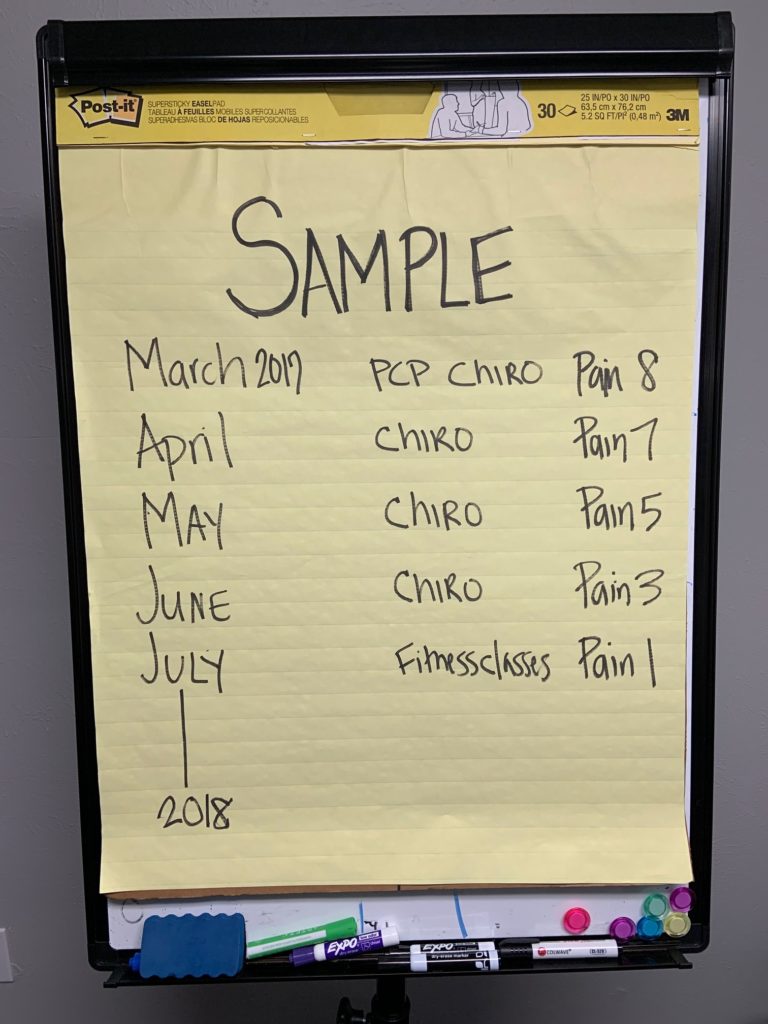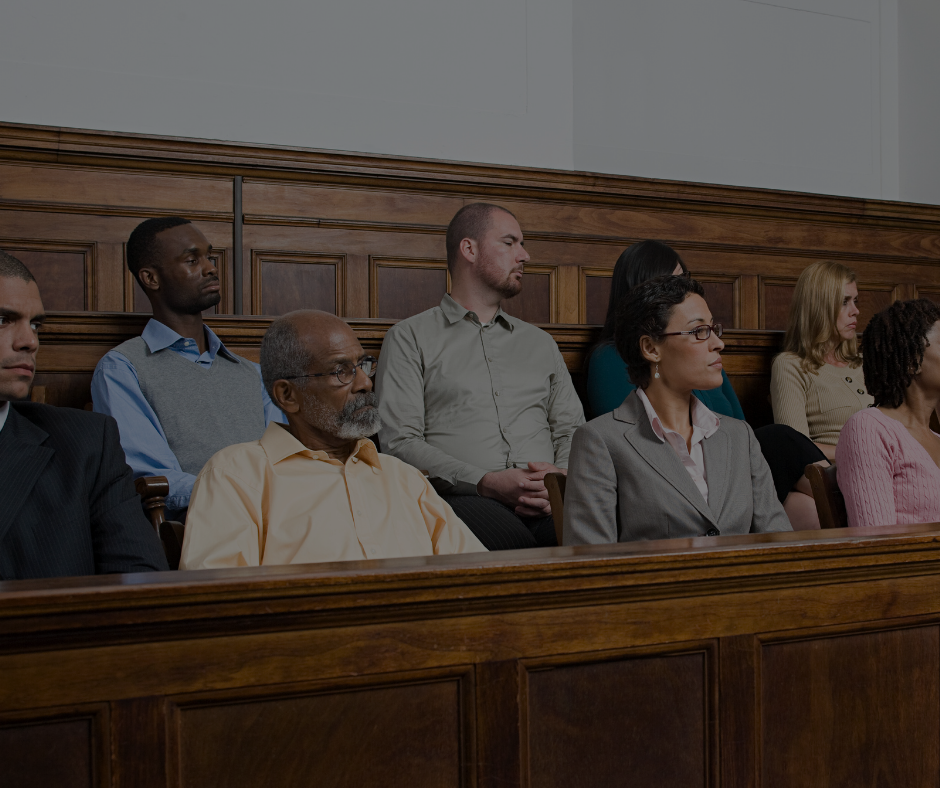One of my passions is working with clients to prepare for trial direct examination and cross examination.
I always ask the client what concerns they have about testifying. By far, nerves are the most common. First time jitters, being the focus of the judge and jury and anticipation of harsh, critical questions from the opposing counsel are all factors. Studies have shown that public speaking ranks as our greatest fear, even over death!
There are many trial prep tools I use to help clients overcome their fear of testimony. Some of them can even be fun (really!).
All of our cases have exhibits that we either pre-admit or admit during trial. Exhibits can include photographs, maps, medical records, medical images and demonstrative aids such as models.
Using exhibits with a client while on the witness stand is usually necessary for some evidential reason. For example, the client might need to confirm medical treatment or explain an entry through medical records. This is a vital step and should not be skipped.
You can get extra mileage with exhibits by creating a demonstrative aid live during the trial to help convey or explain pieces of the client’s damages.
Benefits of demonstrative aids:
- Engages the jury. They will be watching to see what you are drawing or writing.
- Makes learning the information fun and interactive. More likely to be retained.
- Helps distract a nervous client. They can focus on the demonstrative instead of the jury.
Case example:
Consider a car wreck case in a conservative county known for low jury verdicts on elements of physical pain and mental anguish. Through focus groups, I’ve learned that the jury wants specific details on pain, like its daily impact and activities the clients can no longer do. You walk a fine line because your client can’t sound like a whiner. Juries and focus groups hate whiners.
Quick case facts: Hard forceful hit to the vehicle. Emergency room and chiropractic care. Through treatment, client was eventually able to return to mostly normal activities. She even developed a great relationship with the chiropractor, who also offers fitness classes, which the client joined.
Outside of the pictures of her car and the medical records (which can be very dry), I had no other exhibits. So, I decided to make my own exhibit by creating a timeline on a large flip chart with the client in real time. Here’s how.
- I had the client go through the wreck, followed by the medical treatment, including medical records.
- I brought out the flipchart and we highlighted the major dates, putting them vertically on one side of the page.
- We went through the timeline again, and I asked about any physical limitations or problems she had at those points, while writing out parts of stories.
- During closing, I pulled the timeline back out, reviewed the demonstrative and connected the stories to the elements of damages; physical pain, physical impairment, mental anguish. I was able to quickly summarize proof of damages, and show how long the client had the problems.
Sample image: 
Check out our trial results here: FS Judgment Final on Jury Verdict
A timeline is just one example of demonstrative aid you can create during trial. I have used flipcharts to write out list of topics for discussion, make a checklist, or draw a body to mark injuries & pain. Use your creativity!
“What about objections?” you might be asking.
Don’t worry! All you need to say is, “Judge, this is just a demonstrative aid and I do not intend to submit it as an exhibit.”
As long as you are writing what the client says, and not what you want to hear, you should be easily be able to overrule the objection.
Tips:
- Practice drawing or writing out the demonstrative in advance. You don’t want to run out of room or have to start over in front of the jury.
- Walk through the demonstrative with the client beforehand. Be careful not to practice it exactly, as the client will sound rehearsed on the witness stand.
Remember, the goal is to help your client confidently testify and keep the jury engaged!
Do you have a trial coming up? Are you looking for new ways to work with a client on direct exam? Give me a call, and let’s see if one of the ideas mentioned here could work for your client! The call is free! You can click below to schedule or email me: [email protected].







